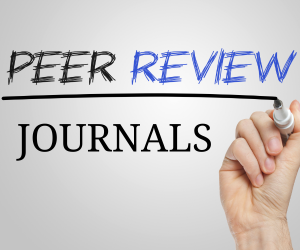Design, Formulation and In-Vitro Evaluation of Sustained Release Matrix Tablets of Sitagliptin Using Natural Polymers
DOI:
https://doi.org/10.48047/Keywords:
Sitagliptin, Sustained release, Natural polymers, Xanthan gum, Drug release kinetics, Matrix tabletsAbstract
Sitagliptin, a DPP-4 inhibitor, is widely used in the treatment of type 2 diabetes mellitus. However, its short biological half-life necessitates frequent dosing, which may affect patient compliance. This study aims to develop a sustained release matrix tablet formulation of Sitagliptin using natural polymers such
Downloads
References
Agrawal, P., Bundela, R., Shukla, K., Jain, G., & Singh, J. (2025). Formulation and evaluation of sustained release tablets of Sitagliptin. International Journal of Research Publication and Reviews, 6(1), 4803–4808.
Alwan, W., & Nestle, F. O. (2023). Psoriasis and its impact on quality of life: A comprehensive review. Psoriasis: Targets and Therapy, 13, 1–12.
Downloads
Published
Issue
Section
License

This work is licensed under a Creative Commons Attribution 4.0 International License.
You are free to:
- Share — copy and redistribute the material in any medium or format for any purpose, even commercially.
- Adapt — remix, transform, and build upon the material for any purpose, even commercially.
- The licensor cannot revoke these freedoms as long as you follow the license terms.
Under the following terms:
- Attribution — You must give appropriate credit , provide a link to the license, and indicate if changes were made . You may do so in any reasonable manner, but not in any way that suggests the licensor endorses you or your use.
- No additional restrictions — You may not apply legal terms or technological measures that legally restrict others from doing anything the license permits.
Notices:
You do not have to comply with the license for elements of the material in the public domain or where your use is permitted by an applicable exception or limitation .
No warranties are given. The license may not give you all of the permissions necessary for your intended use. For example, other rights such as publicity, privacy, or moral rights may limit how you use the material.







